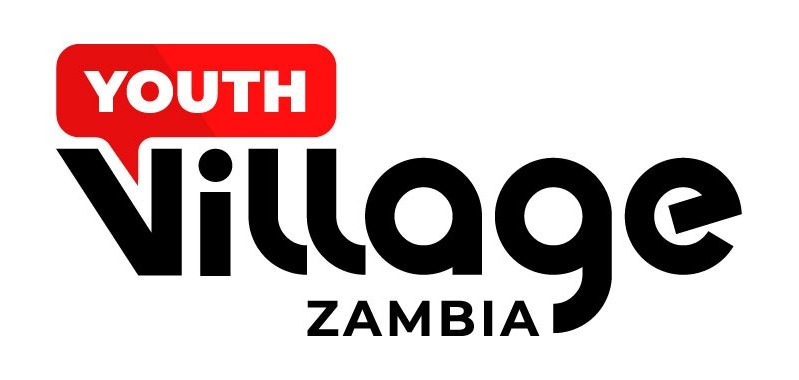LUSAKA – The Ministry of Agriculture says the decision on whether Zambia will permit maize exports this year hinges on the results of the ongoing crop forecast survey. Permanent Secretary for Technical Services, John Mulongoti, stated that the government can only move forward with any export plans if the data confirms a national maize surplus.
Speaking in an interview on Tuesday, Mulongoti emphasized the importance of relying on empirical evidence before making such a critical policy decision.
“We can only make a decision once we have the final results from the crop forecast survey,” he said. “If the forecast shows that the country has produced enough maize to meet local consumption and still have a surplus, then government will consider allowing exports.”
His remarks come amid calls from key agricultural stakeholders urging the government to liberalize maize exports. The Zambia National Farmers Union (ZNFU) and the National Association for Smallholder Farmers (NASFAM) have both expressed optimism over this year’s harvest, pointing to strong yields across many maize-producing regions.
Both organizations believe the country is on track to record a surplus and have encouraged the government to capitalize on regional demand for Zambian maize, particularly in countries facing food shortages.
At the same time, NASFAM has revealed its expectations regarding the pricing of maize for the 2024/2025 crop marketing season. The association is pushing for the Food Reserve Agency (FRA) to offer prices above K300 per 50kg bag, arguing that this rate would provide fair compensation to farmers amid rising production costs.
“We expect the FRA to set the price above K300,” a NASFAM spokesperson noted. “This will not only support smallholder farmers but also help them reinvest in the next farming season.”
The crop forecast survey, conducted annually by the Ministry of Agriculture, assesses national production levels of major crops. It is a key tool in determining whether local food security needs have been met and whether surplus grain can be safely exported.
Zambia has historically used maize exports as a strategic tool to generate foreign exchange, especially when local production surpasses domestic demand. However, authorities have often exercised caution to avoid triggering food shortages or price spikes at home.
As farmers, traders, and policy makers await the survey’s outcome, all eyes are now on the Ministry of Agriculture to provide guidance that balances national food security with economic opportunities in the regional maize market.






